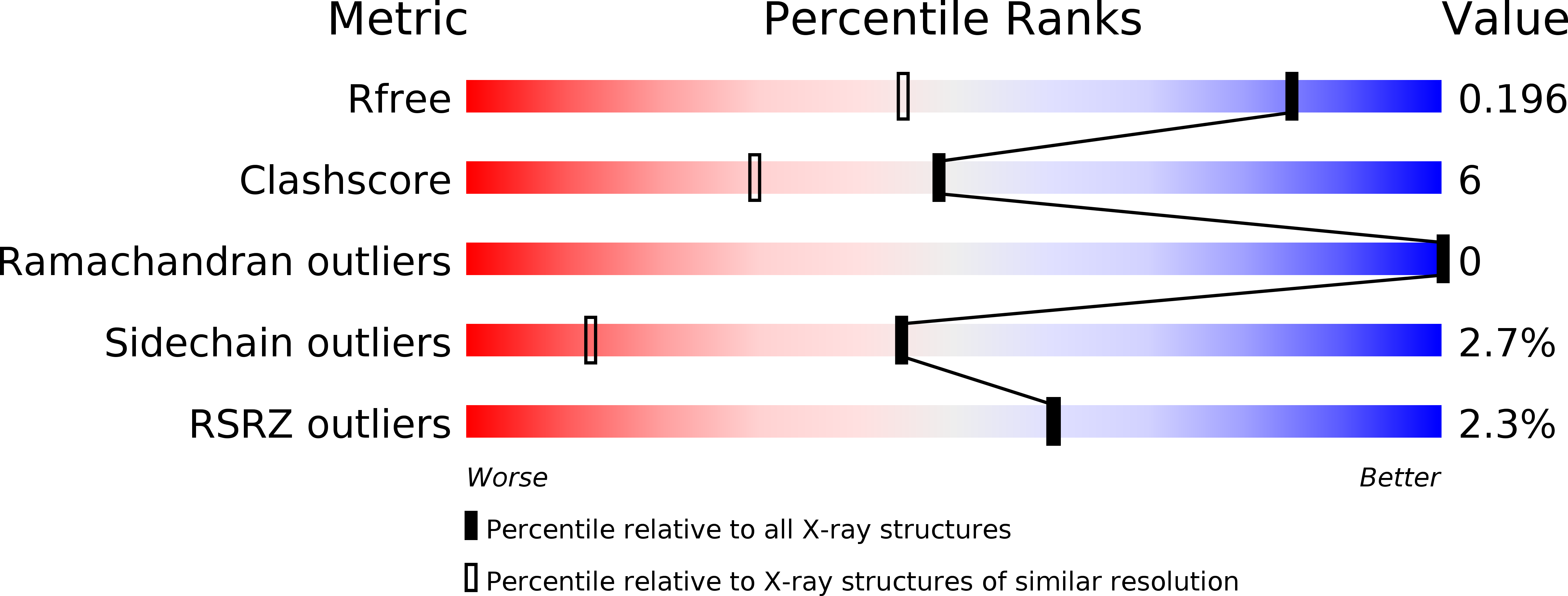
Deposition Date
2012-11-27
Release Date
2013-02-27
Last Version Date
2023-09-20
Entry Detail
PDB ID:
4I45
Keywords:
Title:
Crystal Structure of Orf6 protein from Photobacterium profundum, Mg2+-bound form
Biological Source:
Source Organism:
Photobacterium profundum (Taxon ID: 74109)
Host Organism:
Method Details:
Experimental Method:
Resolution:
1.40 Å
R-Value Free:
0.19
R-Value Work:
0.14
R-Value Observed:
0.15
Space Group:
I 2 2 2


